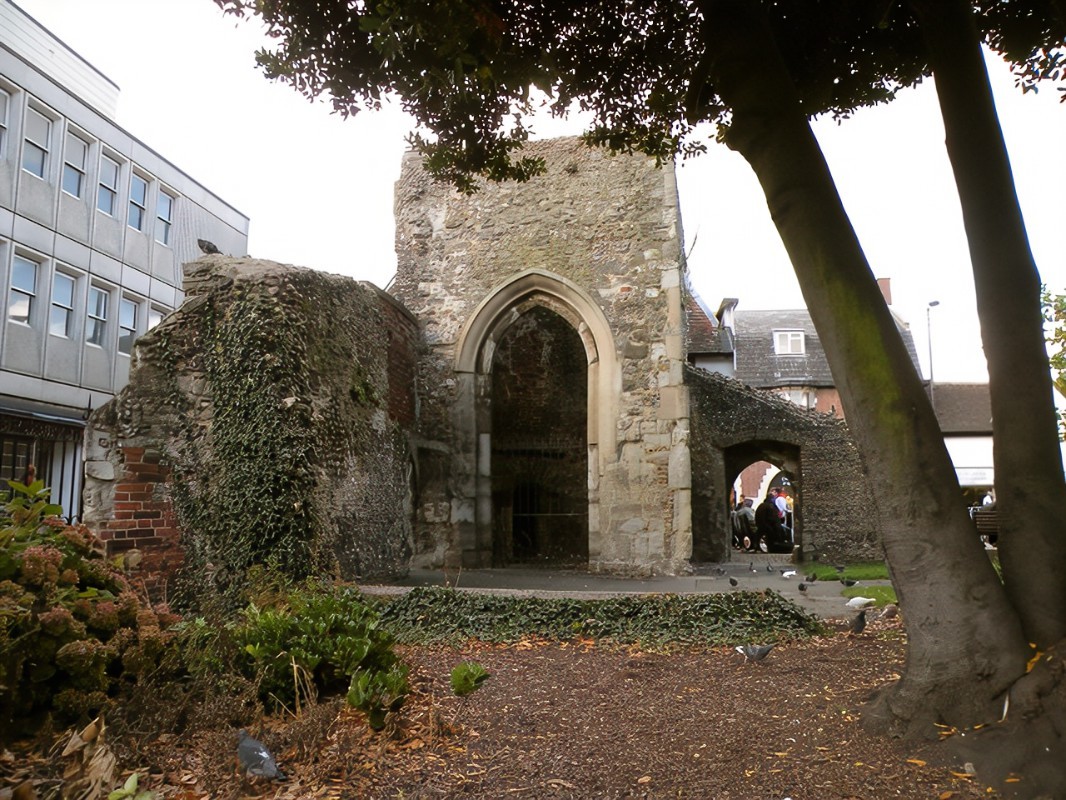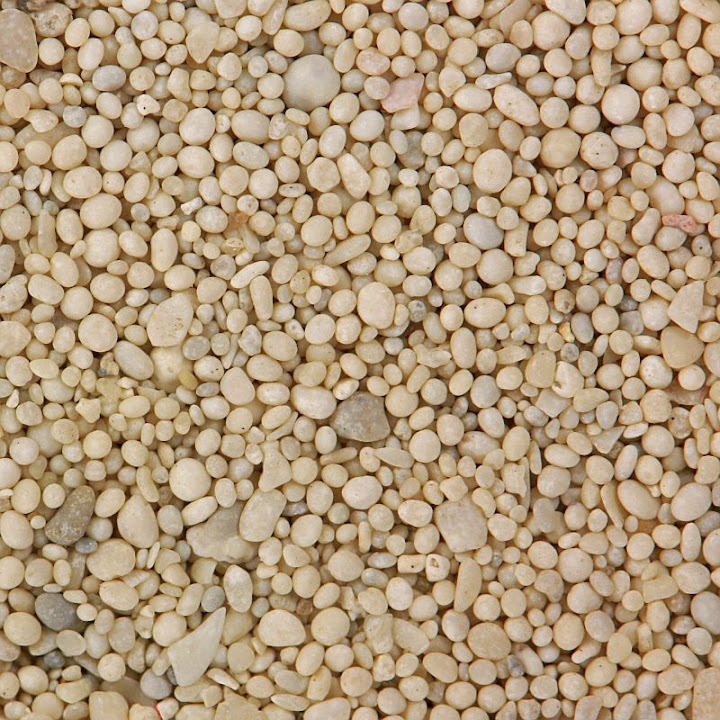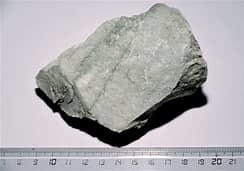Hi.
A chapel deserving of an earthcache.
History of the chapel
The monument includes the standing and buried remains of the Chapel of St Thomas a Becket, located on the south side of Brentwood High Street, some 100m to the east of Crown Street. The chapel was founded in c.1221 by the Augustinian Abbey of St Osyth, near Colchester, and stood within the small town established by the abbey alongside the Colchester to London road. It was intended as a chapel of ease, for the use of the inhabitants of the town and for travellers and pilgrims on the route to Canterbury. However, as a subsidiary chapel to South Weald Church some 2.5km to the north west, it was only permitted to hold divine offices on the dedicatory saint's day and at the time of the charter fair after 1227. The chapel was substantially rebuilt in the 14th century. In this final form, which was illustrated in 1843, the building included a rectangular nave and smaller rectangular chancel, with a tower in the north west corner and a narrow porch on the north side. The building continued in use as a chapel until 1832; thereafter it housed the Boys National School until it was largely dismantled in 1869.


Now the geology
- Igneous rock , formed by the cooling of magma (molten rock) inside the Earth or on the surface.
- Sedimentary rocks, formed from the products of weathering by cementation or precipitation on the Earth's surface.
- Metamorphic rocks, formed by temperature and pressure changes inside the Earth.
- This ruin has a lot of Kentish Ragstone which is a sandy limestone of Lower Cretaceous age

- In South East England it has been much used in churches but it weathers badly. Some of the most weathered blocks here have been replaced with a freshly quarried Jurassic limestone. Ragstone is recognisable by the characteristic tiny dark green grains of glauconite, an iron silicate mineral, giving the rock a greenish tinge.
- Also there are occasional blocks of oolitic limestone of Jurassic age, probably from near Bath. Under a hand lens it can be seen to consist of tiny spherical grains or 'ooliths', giving the rock the appearance of fish roe.
- Ooliths are of calcium carbonate with a concentric structure formed when a nucleus, such as a shell fragment, is rolled around on the sea floor by currents. Ooliths areforming today in the shallow tropical seas around the Bahamas.

- The chapel contain many other rocks including Portland Stone was formed at the end of the Jurassic period, around 145 million years ago when what is now Portland, was much closer to the equator than it is .

- Flint is a hard, tough chemical or biochemical sedimentary rock that breaks with a conchoidal fracture. It is a form of microcrystalline quartz that is typically called “chert” by geologists. It often forms as nodules in sedimentary rocks such as chalk and marine limestones.

- Quartzite is a Metamorphic rock formed when Quartz-rich sandstone or chert has been exposed to high temperatures and pressures. Such conditions fuse the Quartz grains together forming a dense, hard, equigranular rock. Puddingstone is a type of sedimentary rock which first formed in river channels. During the Ice Age, they were pushed down through Eastern Michigan from Ontario Canada by the glaciers. The white is Quartz sand which has cemented itself together over millions of years.

now to the questions
you can send me the answers via email or the message centre. As this an earthcache you need to answer geological questions below and if your found it log doesn’t come with the corresponding answers i will have to delete your log. you don’t have to wait for me to respond to your answers when you log your find.
1. Why do you think kentish ragstone was used to make most of the chapel?
2. Describe the colours and texture of the Kentish Ragstone ?
3. Estimate the height and length of the tallest arch ?
4.Whydo you think the Kentish Ragstone wasn’t used to make all of the chapel?
5. To answer this you need to go to the information board. When did the revolt begin?
6.an optional task is if you want to take a picture you are more the welcome to post in your log but never post the answers in your log or i will have to delete your log.
Thanks for visiting.
Well done Grobo59 for the FTF
This is part of a geotrail around Brentwood high street. There's four other earthcaches and an adventure lab to visit Brentwood high street ROCKS by Gceyre GC6C8A0 Church micro 11539...Brentwood-ST Thomas Beckett GCAGPF8 Hunters Monument GC8YP3E War Memorial#372Brentwood-geology GC7JVMB Historic Brentwood- adventure lab
**************************************
For full information on how you can expand the Church Micro series by sadexploration please read the Place your own Church Micro page before you contact him at churchmicro@gmail.co.uk.
See also the Church Micro Statistics and Home pages for further information about the series.
*************************************